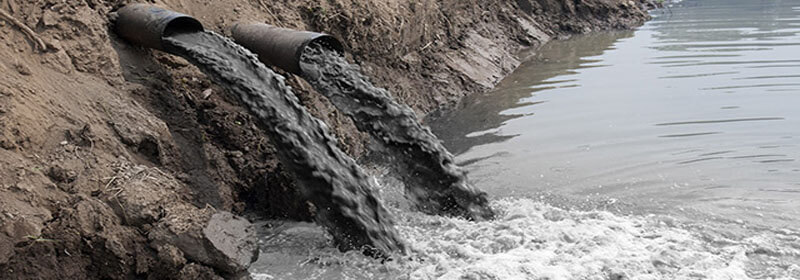Modern Public Sewer Systems
A brief history of western wastewater removal and treatment

The industrial revolution in western culture drove large portions of the population to move from the country into the city. Up until 1820 less than 5% of Americans lived in urban areas. In 1860 the percentage increased to 16%. By 1880, more than 22.5% of all Americans lived in cities. Agrarian workers left farms and agricultural occupations to work in factories in cities for higher pay. This migration led to population explosions in cities with factories. Cities became overpopulated. Outbreaks and disease were commonplace.
The lack of public sewer systems was a contributing factor to lower human health conditions during this period. By the early 1800s in America it was clear that public sanitation was required. In addition to human waste, the large number of horses in the cities contributed to overflowing animal waste. Something needed to be done.
Europe was facing similar problems and in the early 1800s, early wastewater systems started to emerge. These early systems combined wastewater and storm water into one channel. All water was removed from the city and dumped into a nearby body of water without treatment. Animal waste from the streets was swept into the public storm drains. The very wealthy enjoyed indoor plumbing and flush toilets. These early toilets emptied into the public sewer system and eventually into nearby surface waters.
These early European systems succeeded in wastewater removal, but they didn't treat the wastewater before returning it into nearby lakes, rivers, and streams. Waterborne diseases like Typhoid, Dysentery, and Cholera ran rampant throughout European cities.
Back in America, it wasn't until the late 1850s that the first sewer systems were built. European systems had been around for more than 50 years, but it was now evident that removal of wastewater was not enough. Wastewater also had to be treated. Chicago and New York City were pioneers in the disposal of sewer waste. Wastewater was combined into two channels. One channel was for storm water, one channel was for wastewater. Storm water was emptied into nearby bodies of water. Wastewater was diverted to a disposal facility.
It wasn't until 1890 in Worcester, Massachusetts that the United States started treating wastewater. This early plant used chemical precipitation, a practice still in use today. Worcester quickly saw a decrease in waterborne illnesses and an increase in public health. By the early 1920s sewage treatment plants were commonplace in almost every American city.
Today, roughly 100 years later, we all enjoy the benefits of indoor plumbing and public sewer systems. It wasn't that long ago that Americans had to endure sub-standard health and living conditions. A public sewer system is a public good that is seldom thought about. It should be respected. Dumping illegal contaminants (oils, paints, varnishes, etc) into public storm drains is illegal in all jurisdictions. Keep our waterways safe by properly disposing of all items in a safe and legal manner.
All Trades is here to serve you in Las Vegas, Nevada. We offer 24/7 emergency service and can handle all of your plumbing and air conditioning needs.



